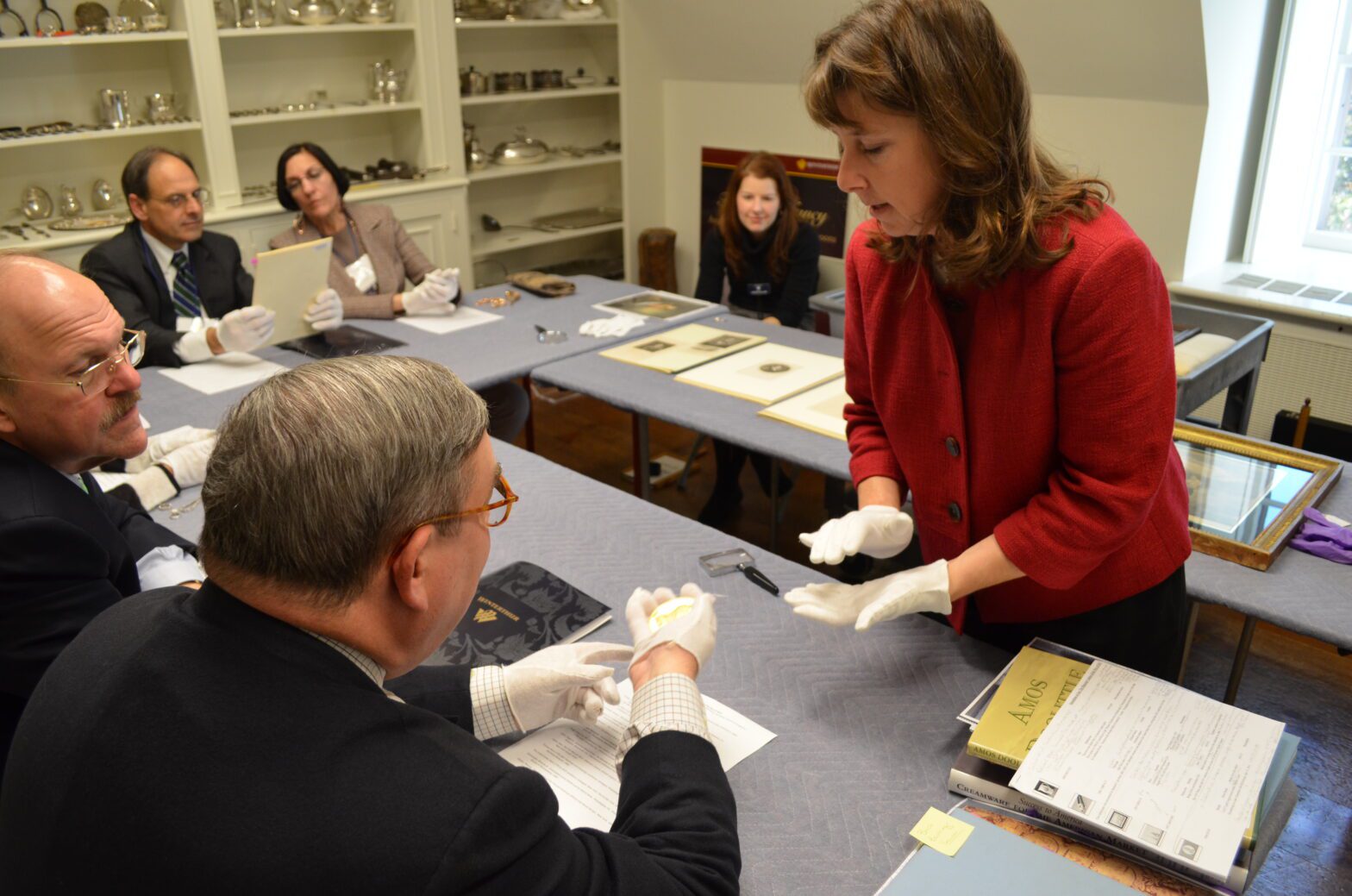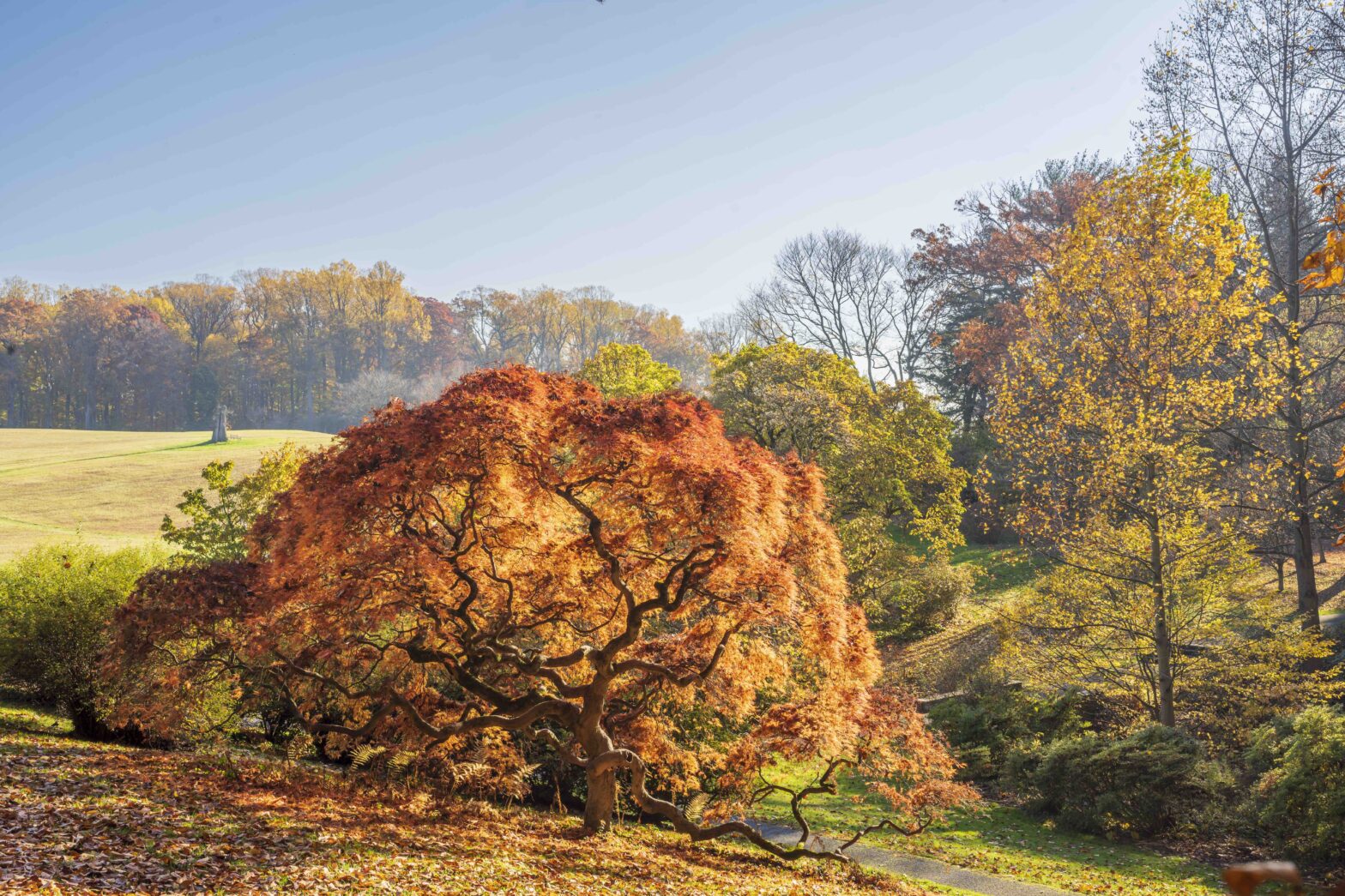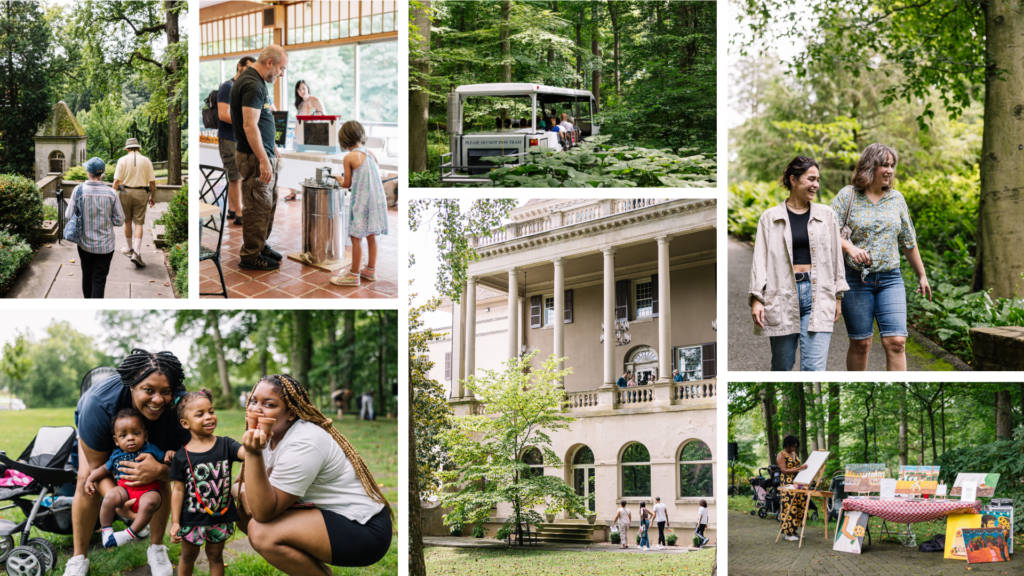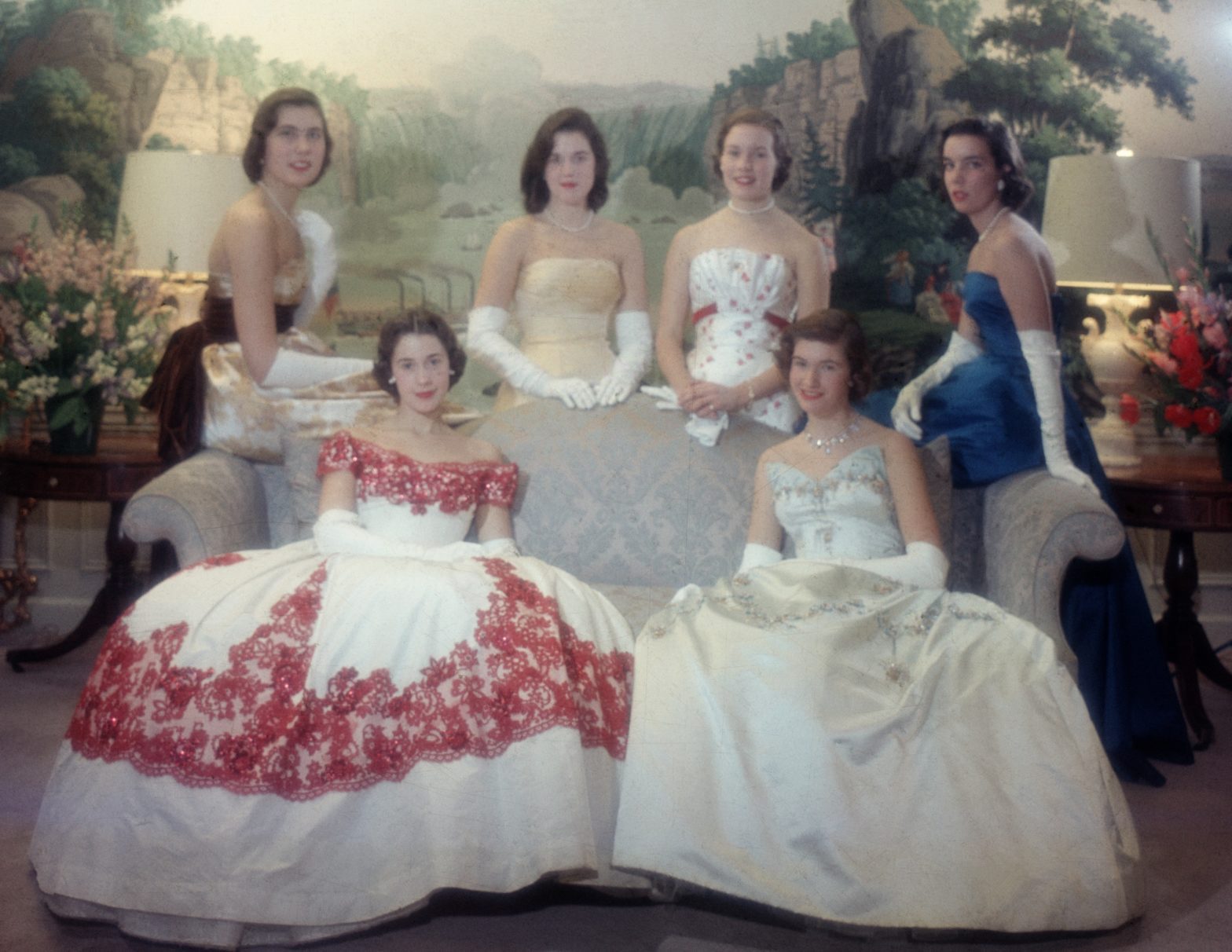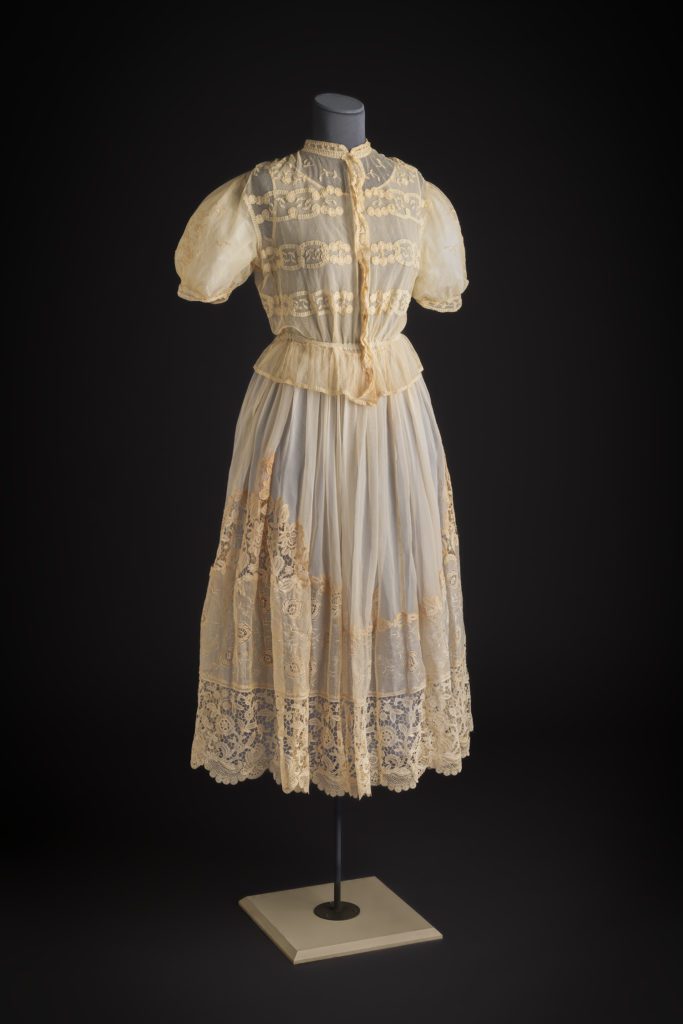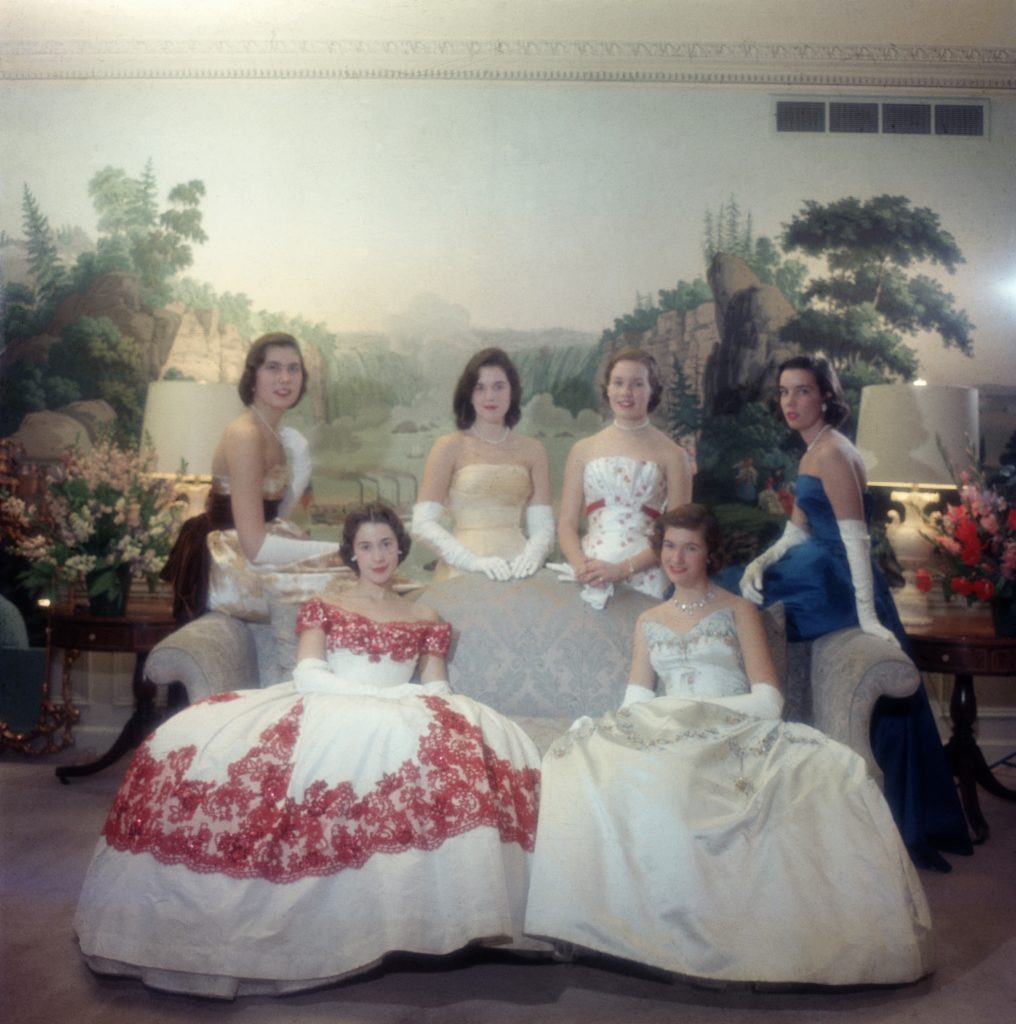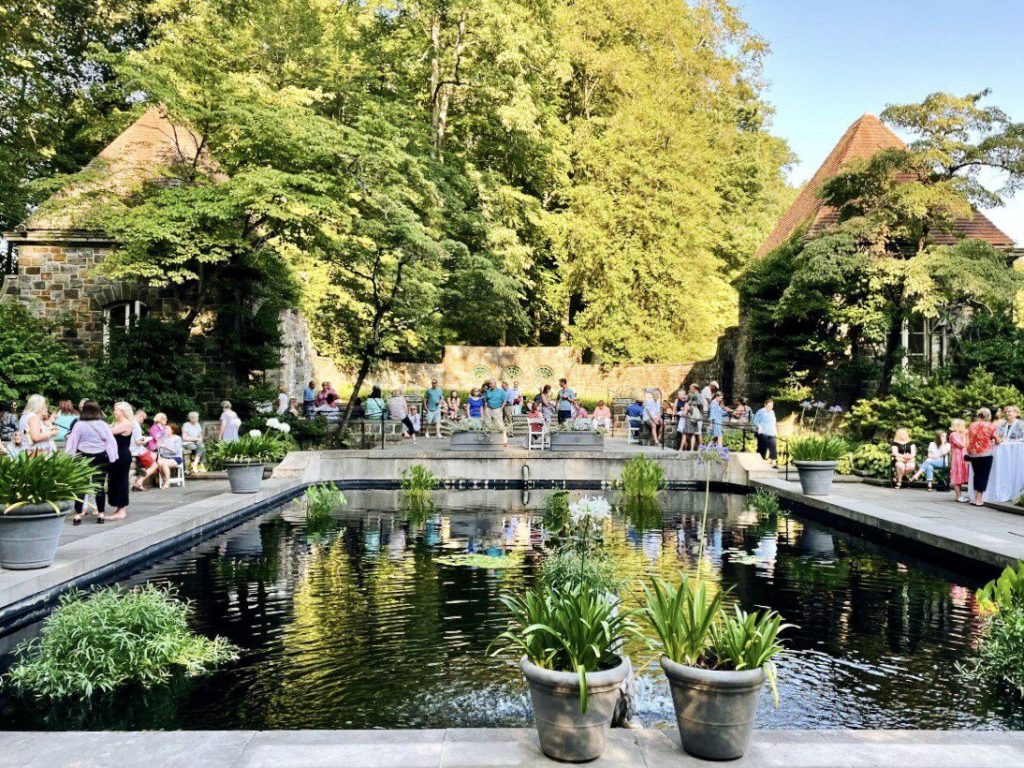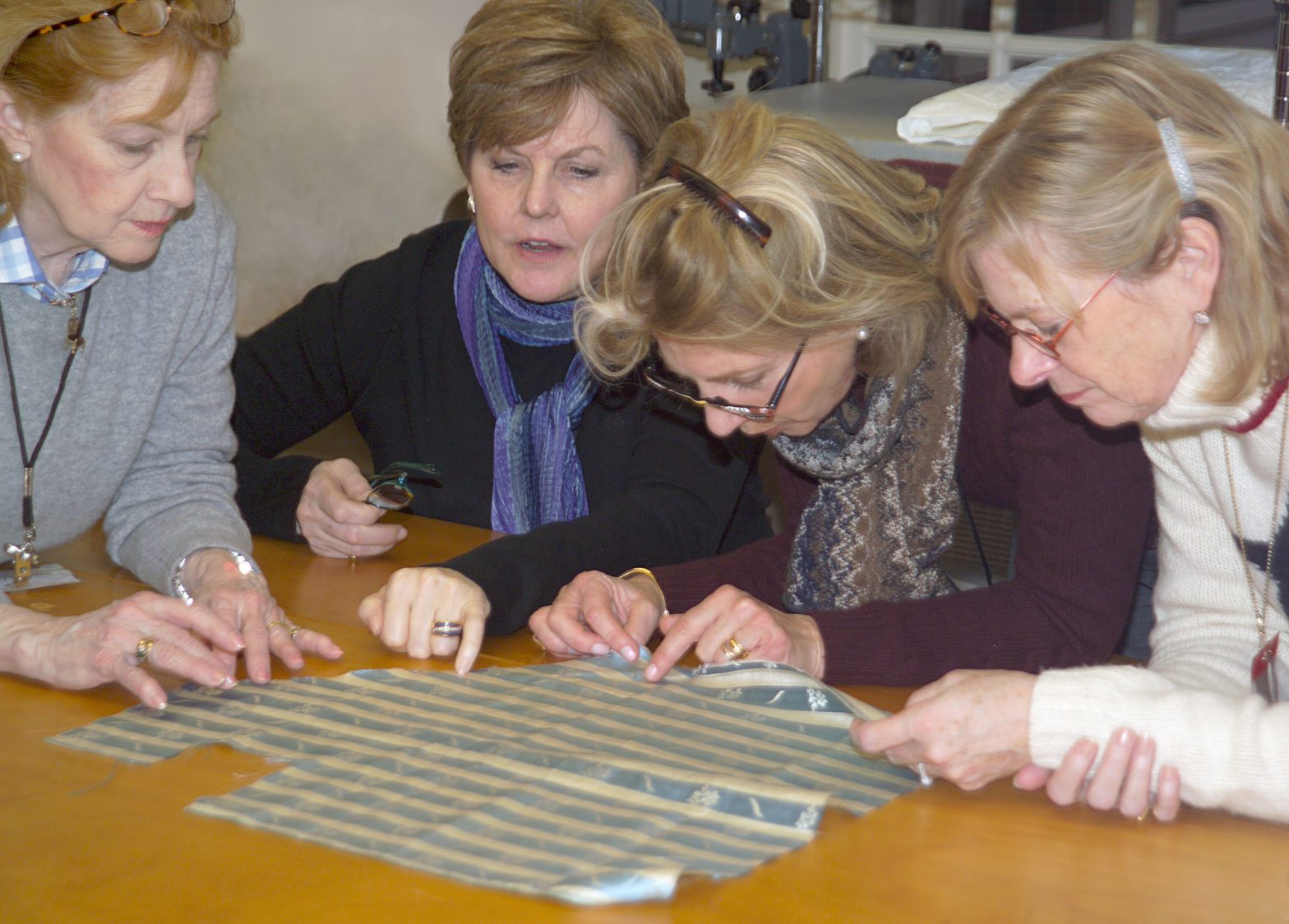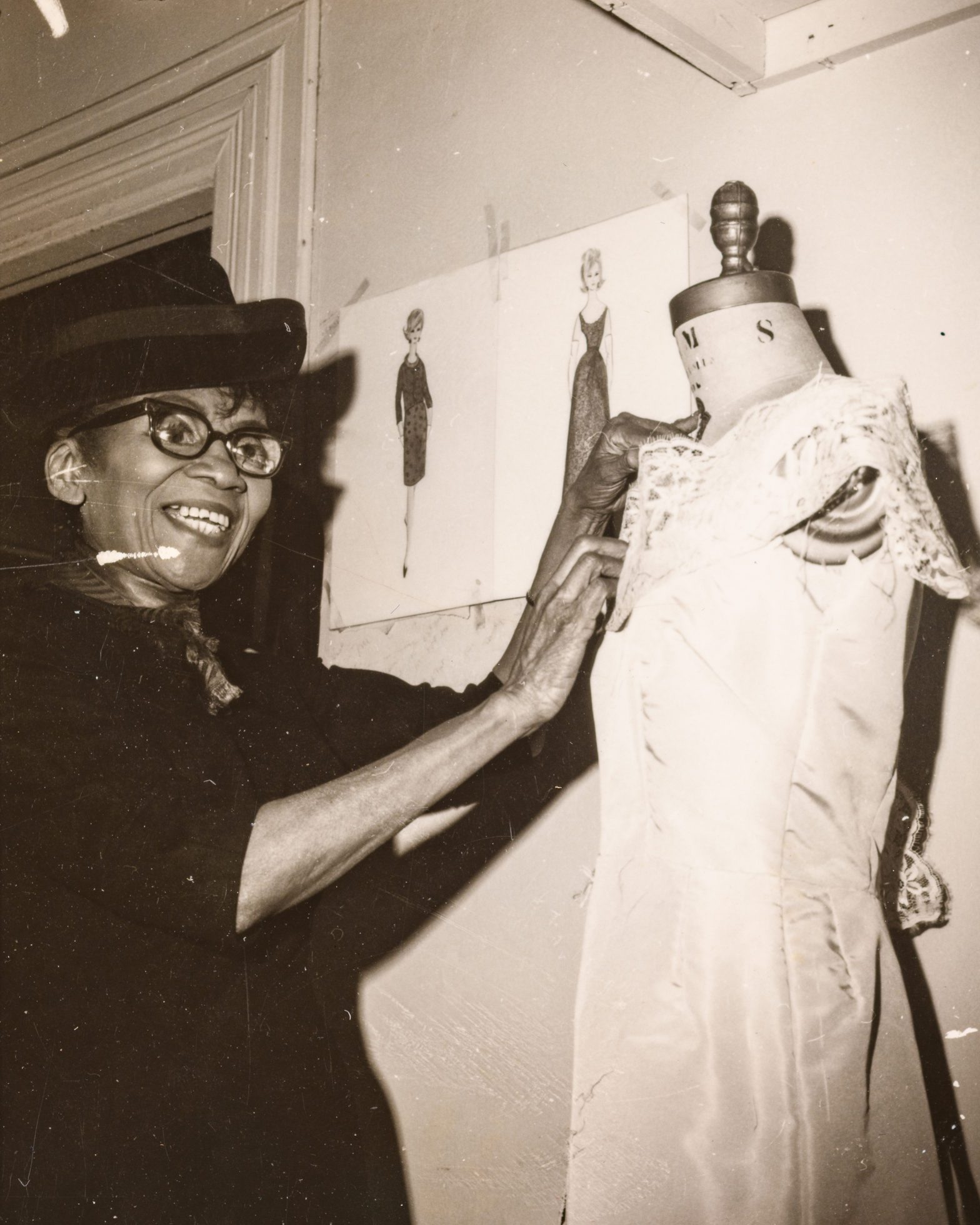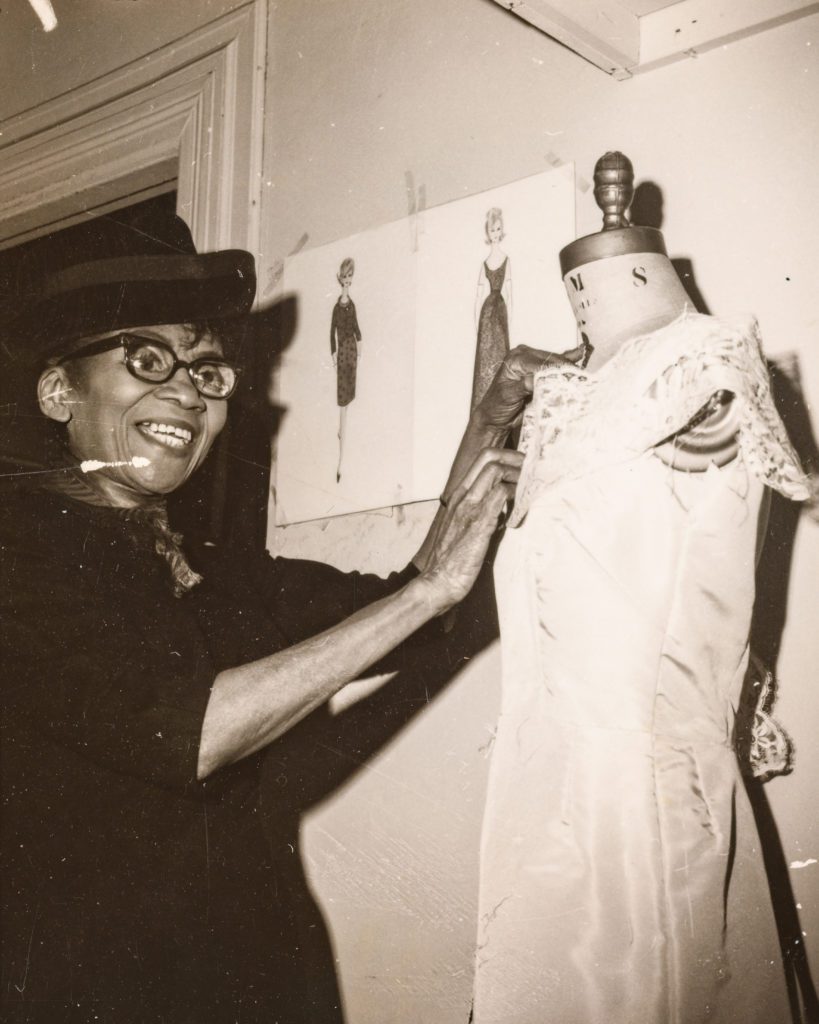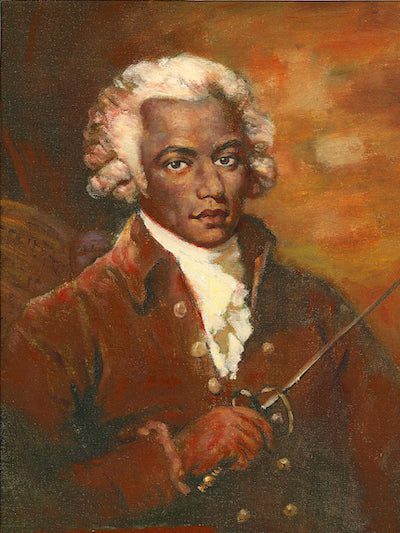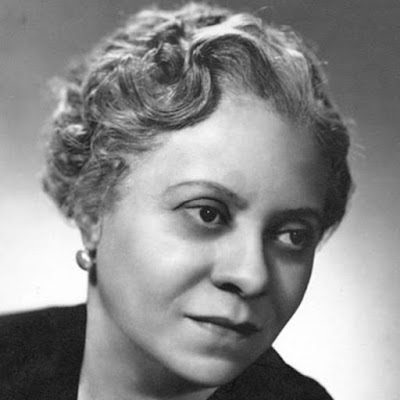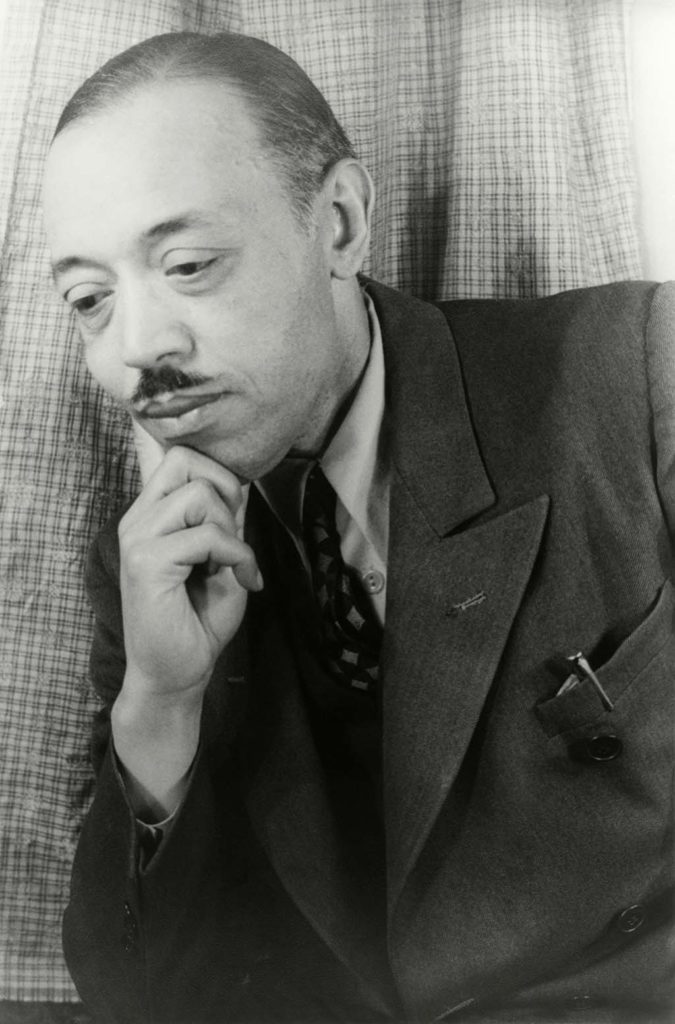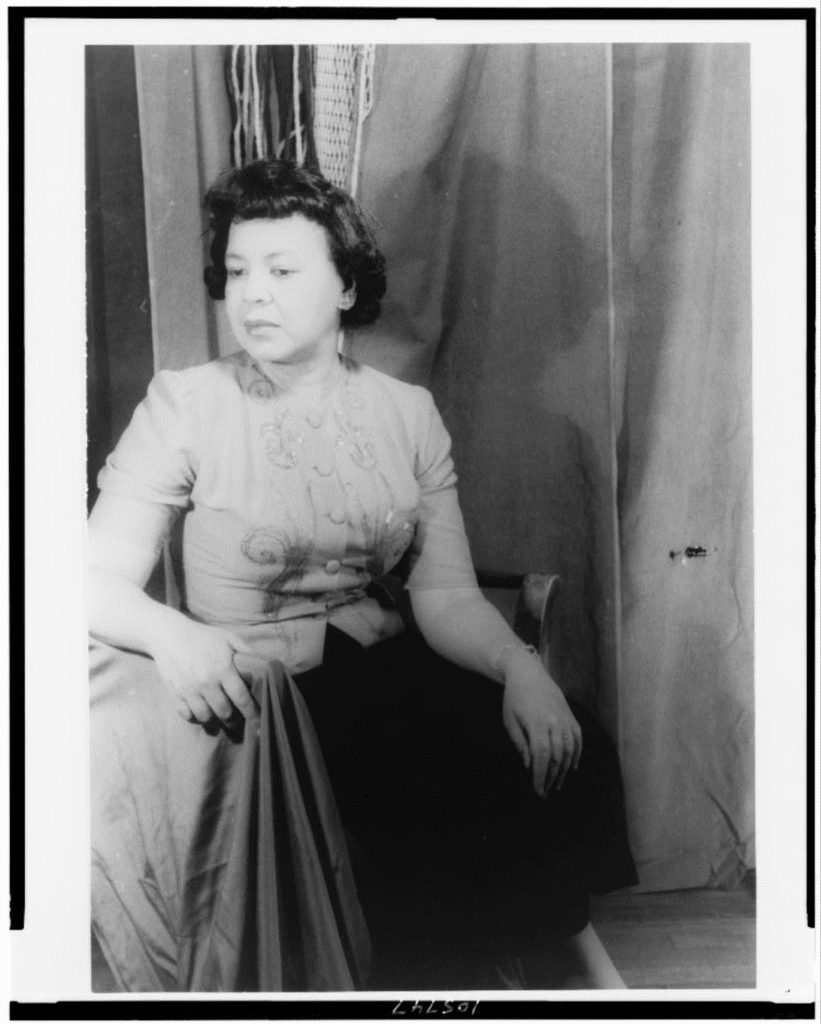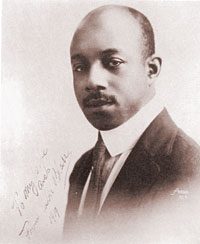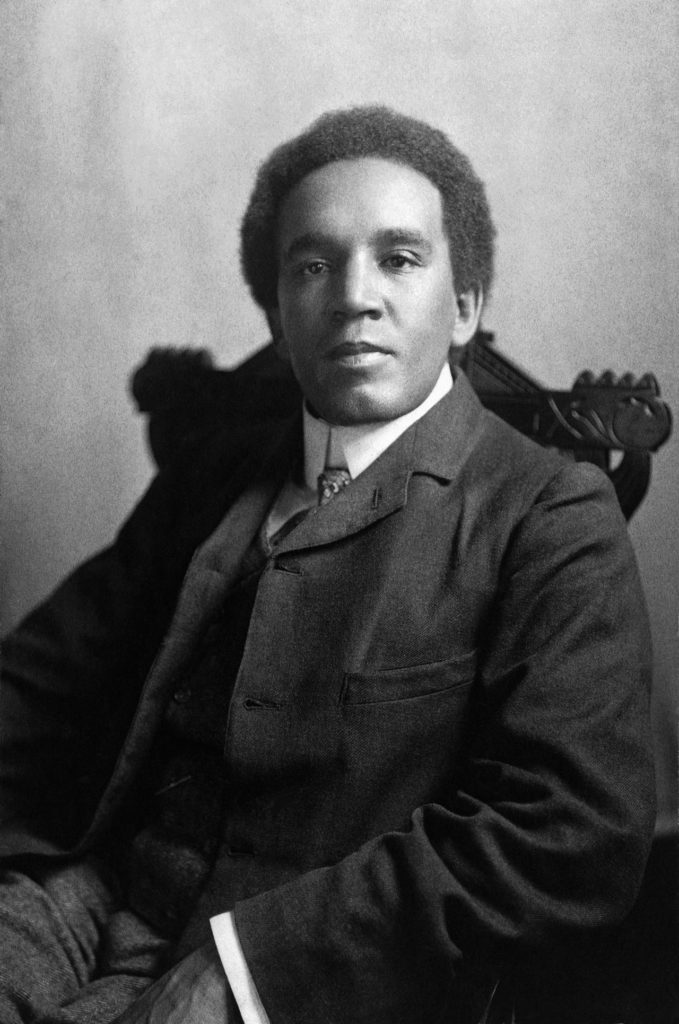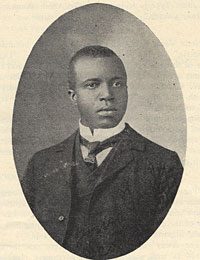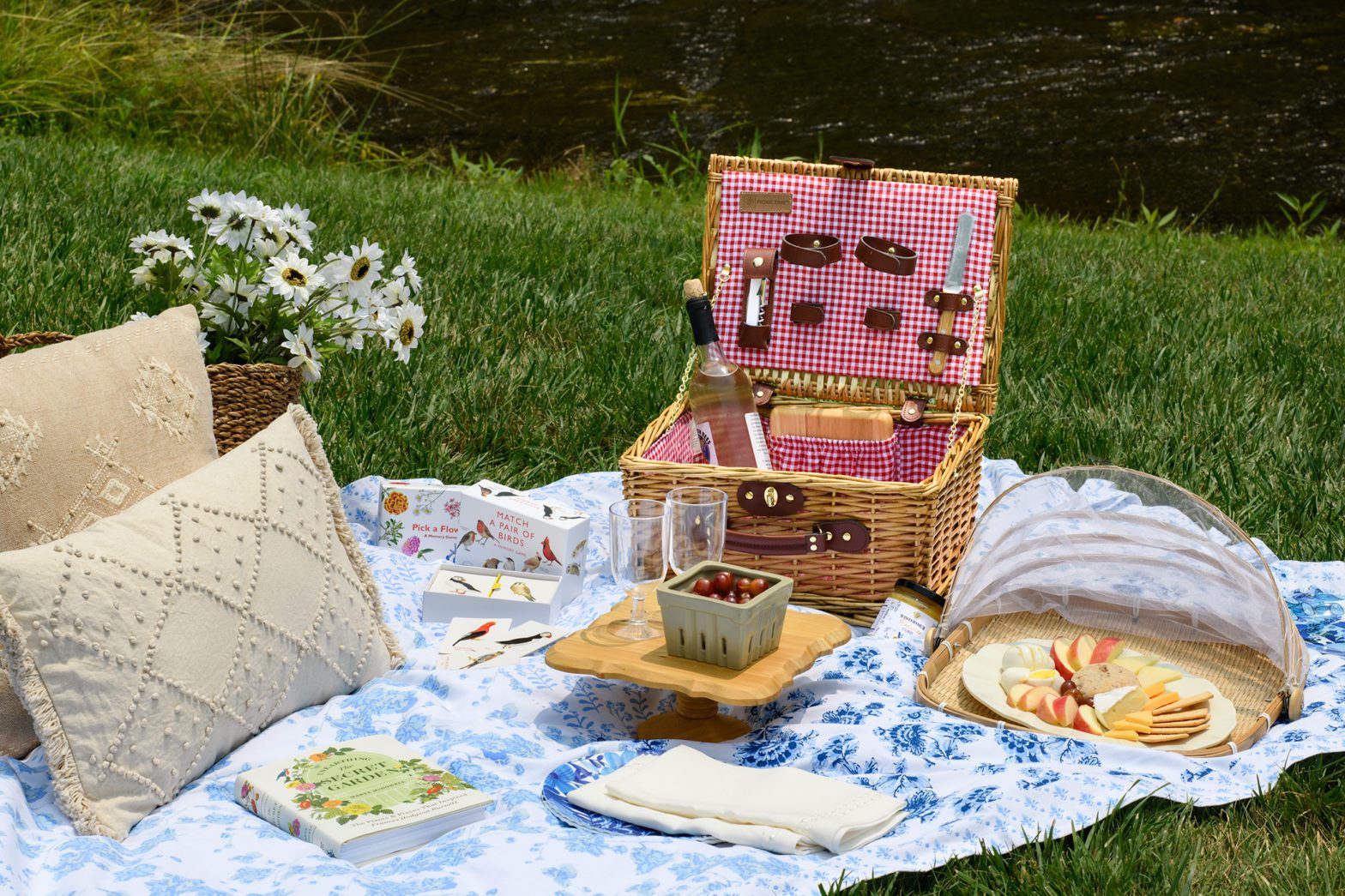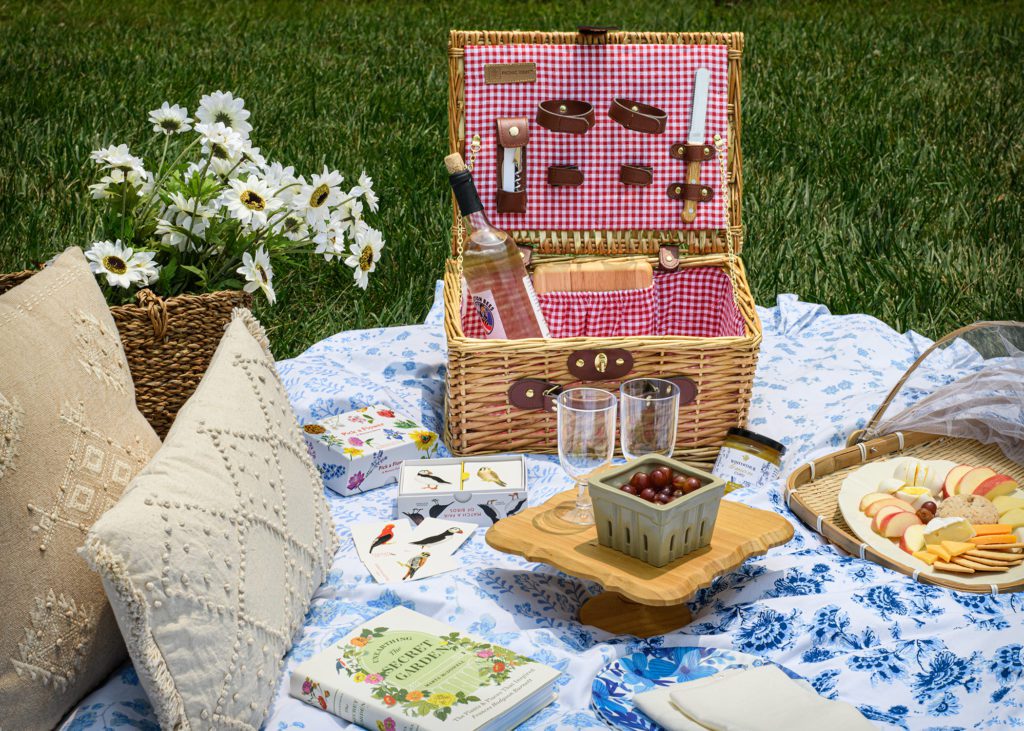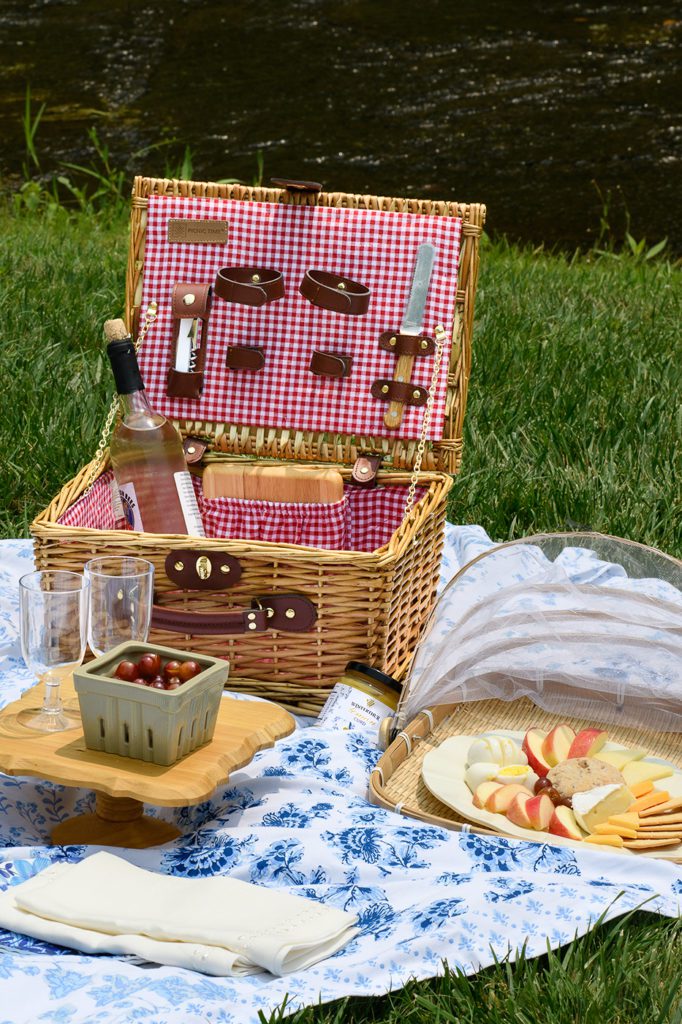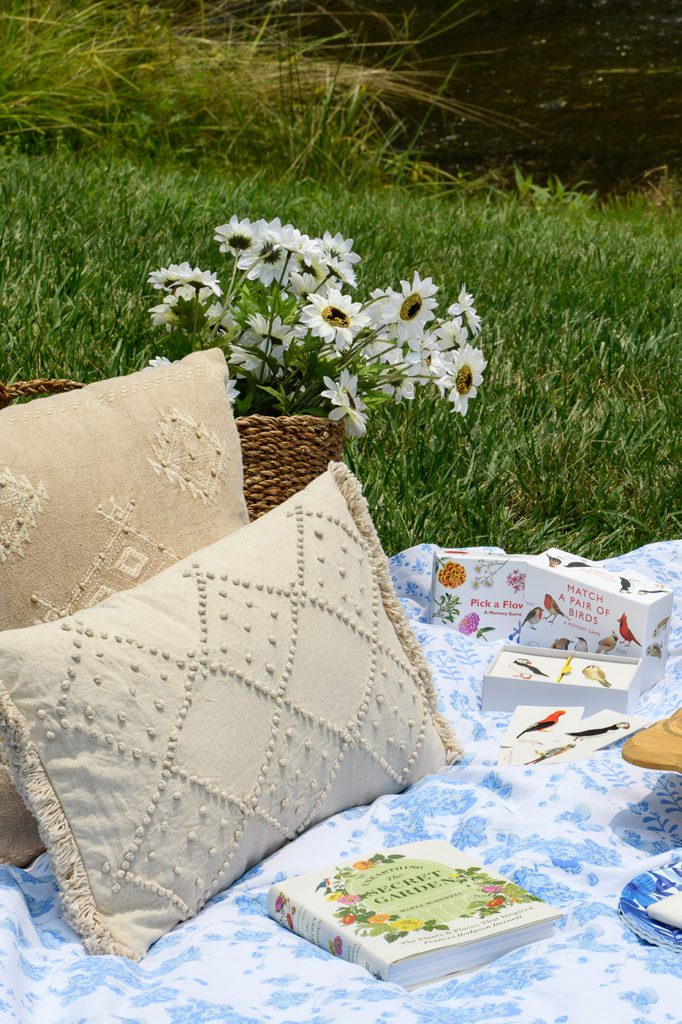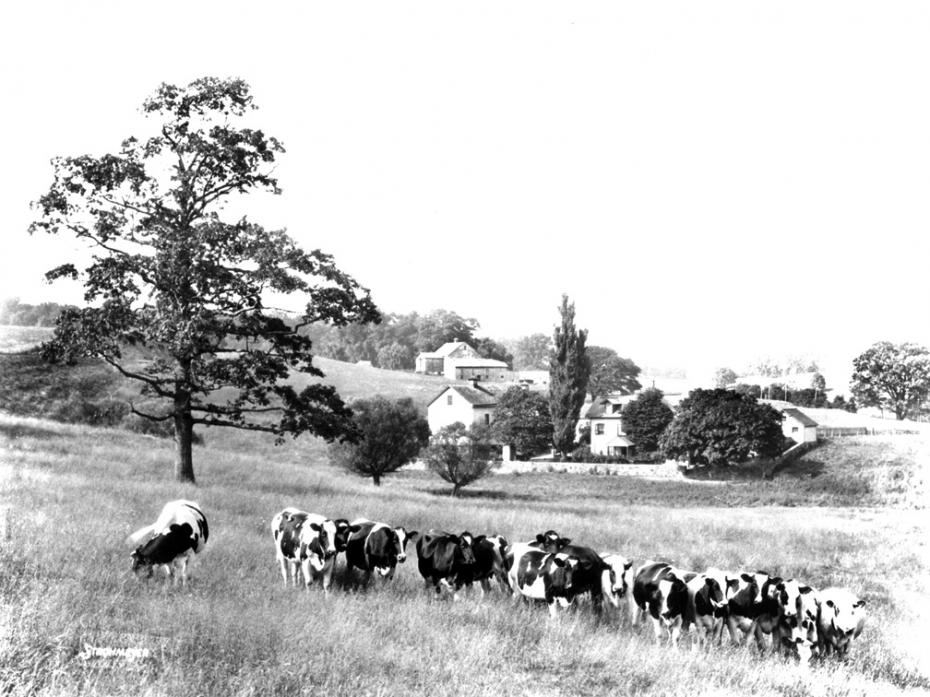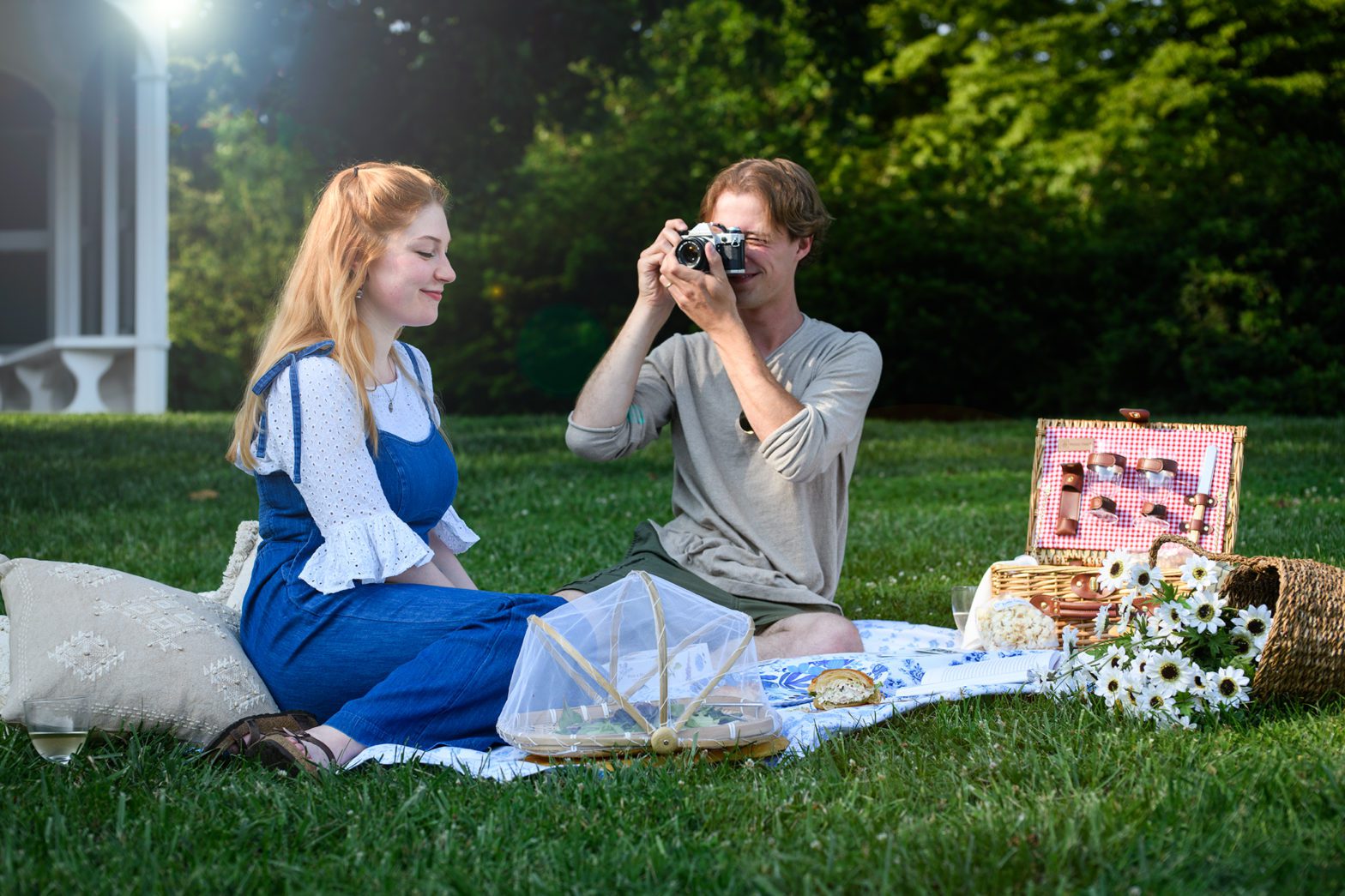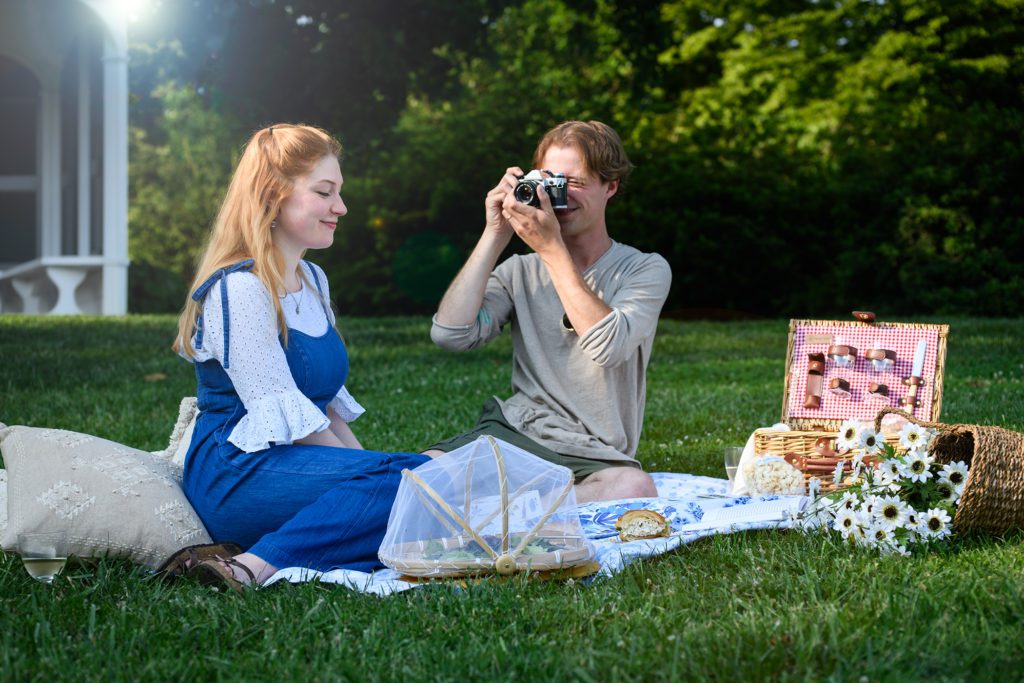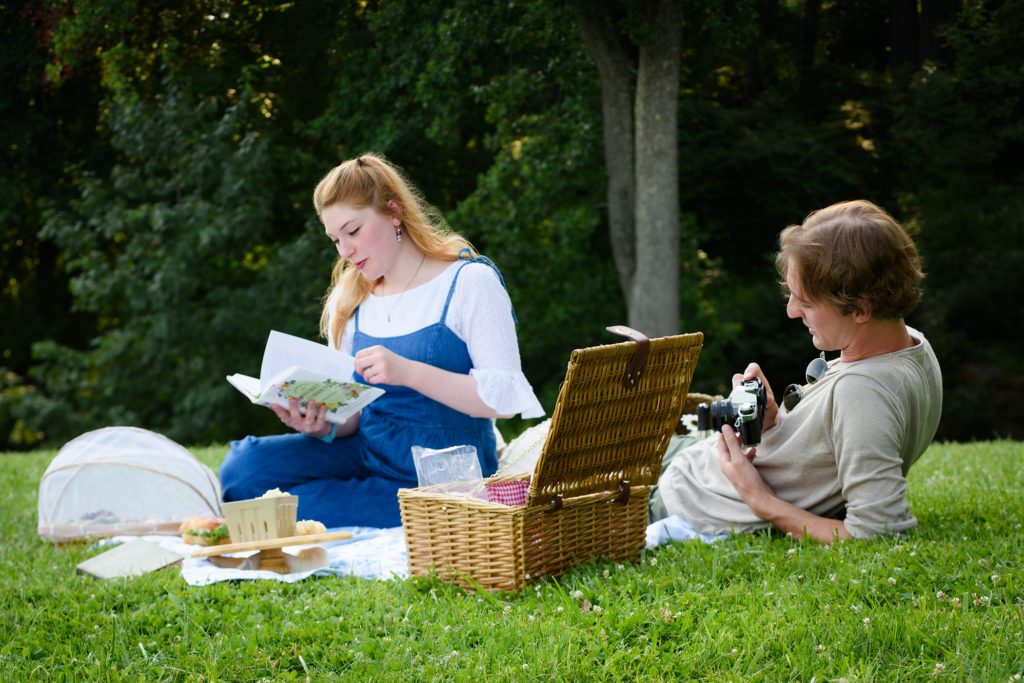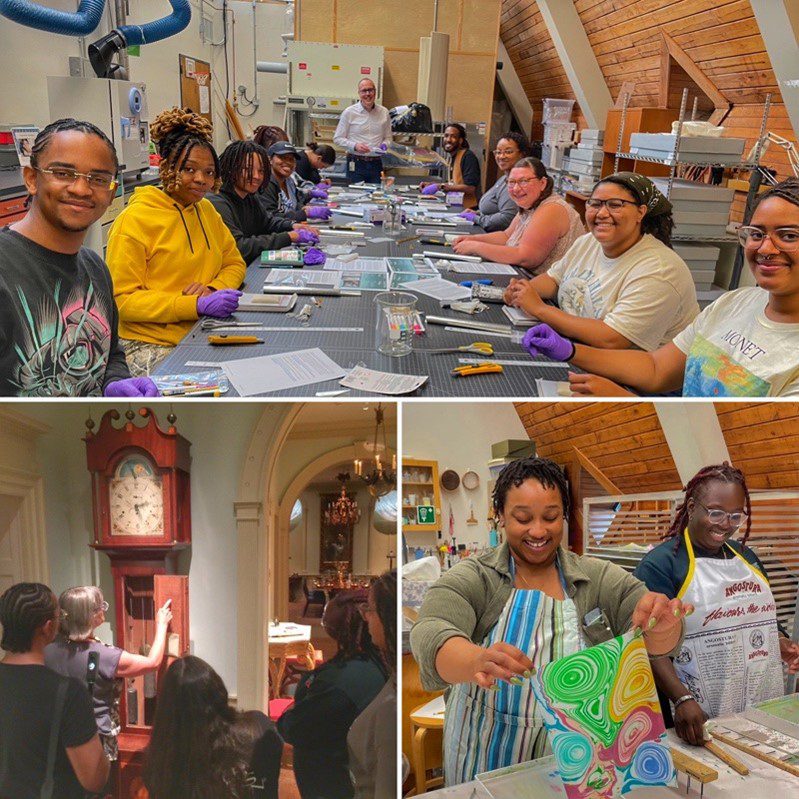WINTERTHUR, DE (October 9, 2023) – Applications are being accepted through October 31 for participation in Winterthur Institute, a unique opportunity to nurture a passion for decorative arts made or used in America between 1640 and 1860.
Winterthur Institute is intended for collectors, appraisers, professionals who care for collections, students, and connoisseurs of decorative arts.
Winterthur Museum, Garden & Library invites applicants to this two-week immersive experience (April 7–19, 2024) that includes lectures, hands-on workshops, research opportunities, and access to the specialists, gardens, and historic architecture of Winterthur.
Held each weekday from 9 am to 5 pm, the day will begin with presentations by guest speakers and Winterthur experts, followed by guided, small-group study in the rooms of Henry Francis du Pont’s former 175-room home, the museum conservation lab, library, or classrooms.
The weekend in the middle of the session will include excursions to The Barnes Foundation in Philadelphia and the annual celebration of Daffodil Day in Winterthur’s heirloom bulb garden.
Participants will be part of a select learning cohort that engages in the examination of Winterthur’s expansive objects collection, with contextualization in the history of American decorative arts, materiality, and techniques of museum stewardship. Participants will also have badged access to the library and archives to complete an optional research project.
Curated learning resources, reading lists, and the Certificate of Completion of Winterthur Institute will be available to all participants.
For more information, including robust scholarship opportunities, visit https://www.winterthur.org/calendar/winterthur-institute/, call 302.888.4894, or email ContinuingEducation@winterthur.org. Tuition to participate is $1,700.
Upon completion of Winterthur Institute, participants will have gained:
- historical knowledge of the decorative arts, as well as techniques of cultural analysis, which define the relationship of an object to its time.
- competencies in object handling and preservation best practices that benefit collections-care skill sets.
- an understanding of “sense of place” while studying collections within the former du Pont historic home and estate.
- 70 hours of professional development in key skills and knowledge for cultural heritage study.
Important dates:
- October 31: Application deadline
- December 1: Applicants notified of selection
- April 7: Orientation and welcome dinner
- April 19: Farewell lunch
On hiatus since 2019, Winterthur Institute is being relaunched with support from The Decorative Arts Trust, the International Society of Appraisers Education Foundation, Learning Times LLC, and Winterthur Institute alumni.
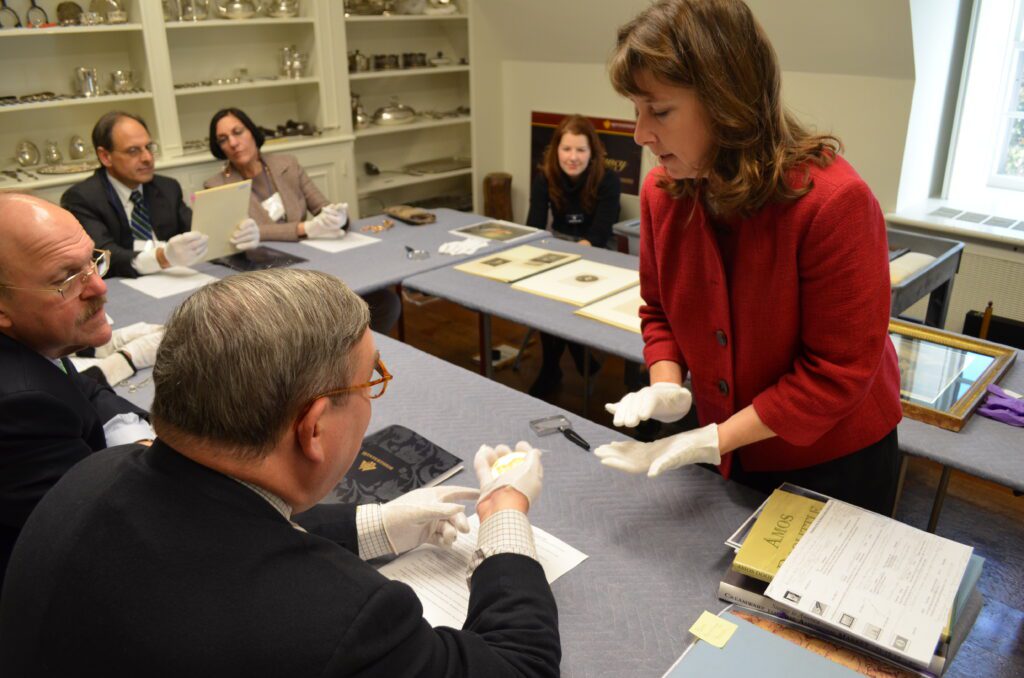
# # #
ABOUT WINTERTHUR MUSEUM, GARDEN & LIBRARY
Winterthur—known worldwide for its preeminent collection of American decorative arts, naturalistic garden, and research library for the study of American art and material culture—offers a variety of tours, exhibitions, programs, and activities throughout the year. Admission includes an introductory house tour, exhibitions, a narrated tram ride (weather and space permitting), and the Winterthur Garden.
Winterthur is located on Route 52, six miles northwest of Wilmington, Delaware, and five miles south of U.S. Route 1. Winterthur is committed to accessible programming for all. For information, including special services, call 800.448.3883 or visit winterthur.org.
Press Contact: Jason Brudereck
Communications Manager
jbrudereck@winterthur.org
